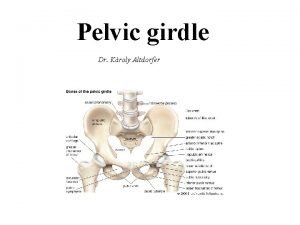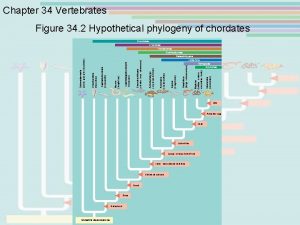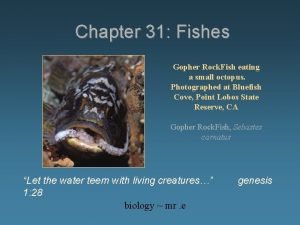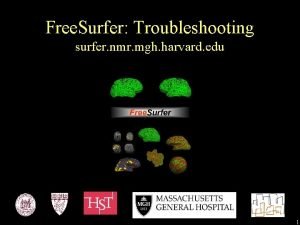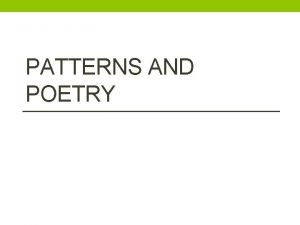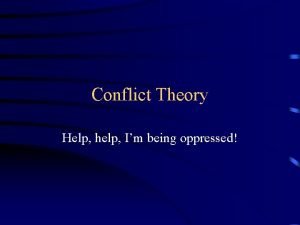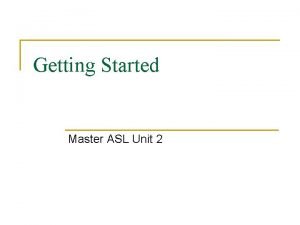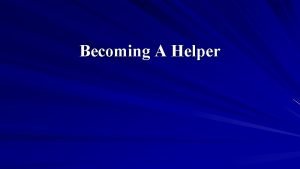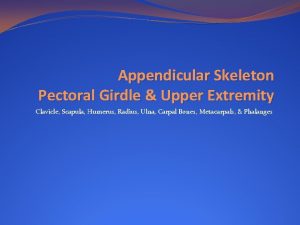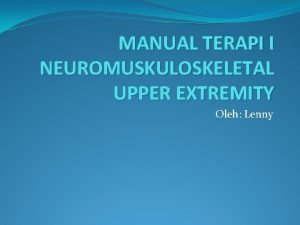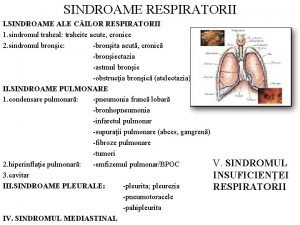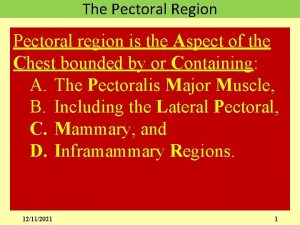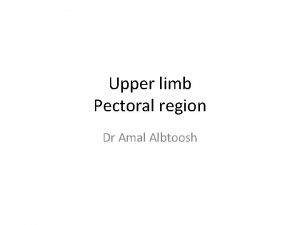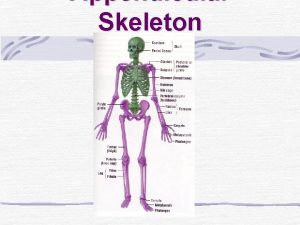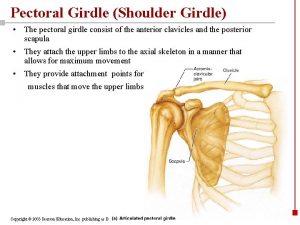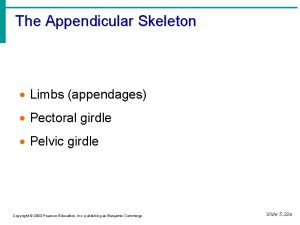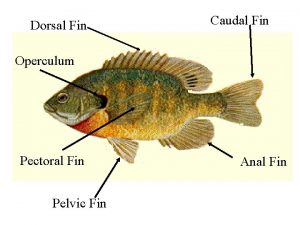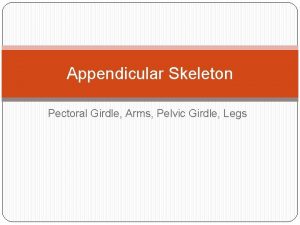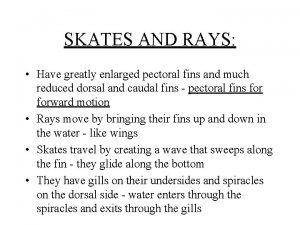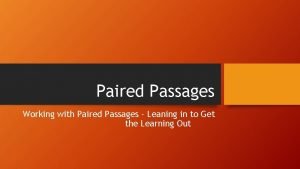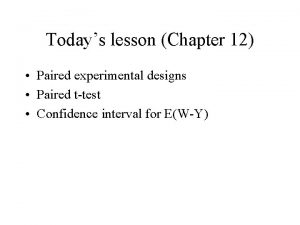Paired fins pelvic fins pectoral fins help the













- Slides: 13

• Paired fins: pelvic fins, pectoral fins help the fish turn • Caudal fin: (tail fin) propels fish forward • Lateral line: found running along the side of the body from head to just before the tail


Internal anatomy: the digestive system • Most fish are carnivorous • Food moves through the mouth to the pharynx then the esophagus into the stomach • In the stomach, acid & other digestive juices break down the food • The food then moves into the intestines

• Fish have many accessory organs like humans to help digest the food. • Liver: lies next to the stomach & secretes bile to help break down fats • Gallbladder: stores extra bile & releases it into the intestines when needed

• Pancreas: also lies near the stomach & releases additional digestive juices into the intestine to finish digestion of food • After all possible nutrients are removed from the food, the remains are pushed out of the body through the anus

Circulatory system • The circulatory system of the fish delivers oxygen & nutrients to all the cells of the body • It also picks up waste products from the cells & delivers it to the gills for removal • The circulatory system consists of a heart, blood vessels & blood


• The heart has two chambers • Deoxygenated blood comes from the body & fills the atrium chamber • The atrium contracts & the blood is pushed into the larger more powerful ventricle chamber • The ventricle contracts sending the blood to the gills to pick up oxygen • This oxygenated blood is then pumped to the rest of the body

Respiratory system • The large surface area of the gills allows for rapid gas exchange • The gills are supported by four sets of curved bones on each side of the head • Water is taken into the mouth & then pumped over the gills • Oxygen is removed from the water as it passes over the gills & then is released through the operculum

Excretory system (urine production) • The kidney’s filter the blood & removes waste products • The resulting solution is called urine • Urine is carried from the kidneys to the bladder where it is later expelled from the body

The nervous system • The nervous system includes the brain, spinal cord, nerves and various sensory organs • The forebrain processes smell • The cerebrum coordinates messages coming from the rest of the body

• The midbrain processes sight, sound & lateral line information • The cerebellum coordinates muscles & balance • The medulla oblongata controls the circulatory, respiratory & digestive systems

The End
